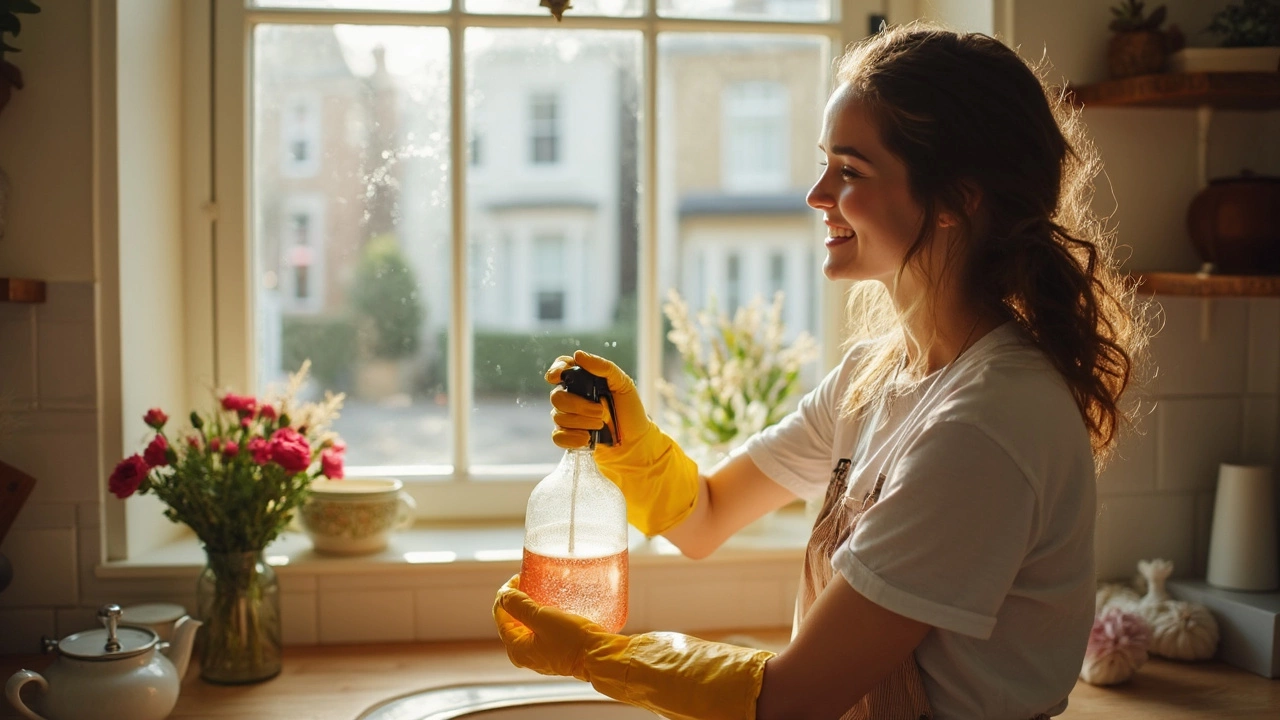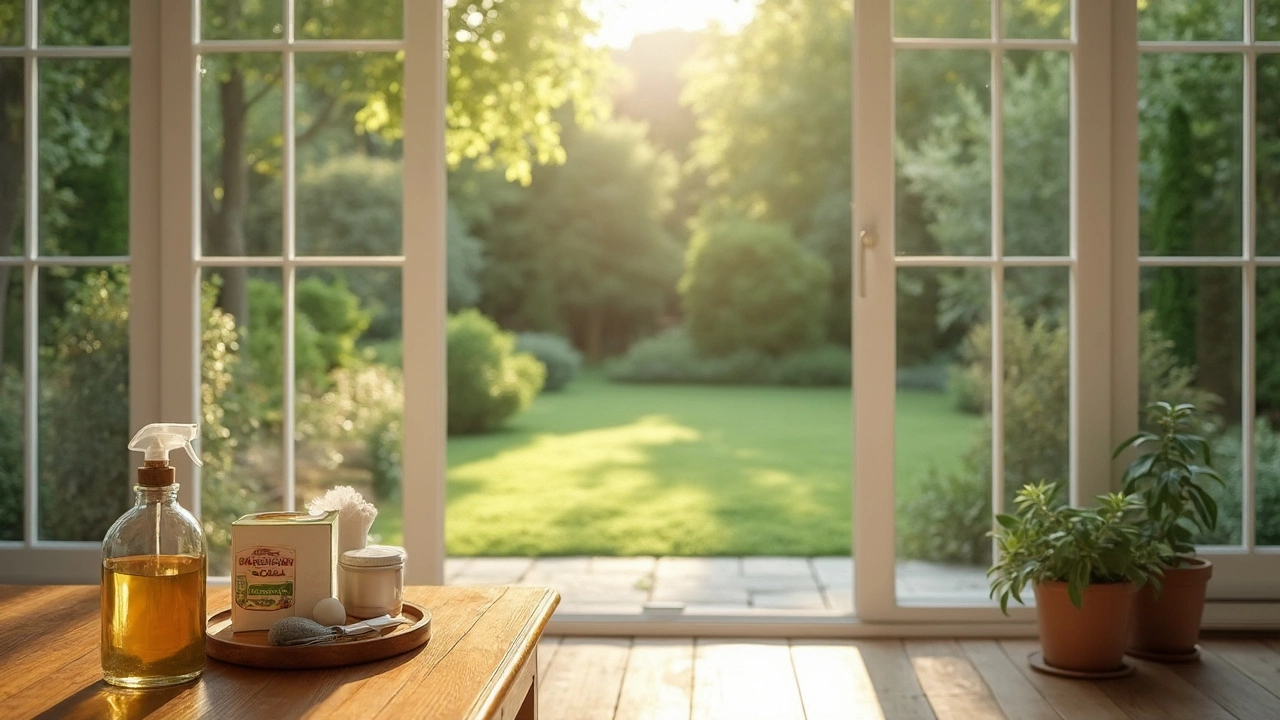Glass Cleaning Made Easy: Simple Tips for Spotless Windows
Got dirty windows that make the whole room feel dull? You don’t need a pricey service or a chemistry degree to fix that. Grab a few basic items, follow a few steps, and you’ll see the light again in minutes.
Everyday Streak‑Free Cleaning
First, choose the right cleaner. A mix of one part white vinegar to two parts warm water works for most glass. If you prefer a commercial spray, look for a clear‑label product that says “streak‑free.”
Next, grab a clean microfiber cloth. Paper towels leave lint and tiny streaks, while old cotton rags can re‑deposit dirt. Keep a second cloth handy for drying.
Spray the solution onto the glass, not the cloth. This lets the liquid spread evenly and prevents a dry spot. Let it sit for 10‑15 seconds if the glass is greasy—think kitchen windows or a bathroom mirror.
Now wipe in a Z‑pattern. Start at the top left, pull the cloth diagonally to the bottom right, then repeat the opposite diagonal. This technique catches all the grime without missing any corner.
Finish by flipping the cloth to a dry side and giving the glass a quick once‑over. The result should be clear, with no hazy streaks. If you see a line, just go over it again with the dry side.
Tackling Tough Grime
For stubborn spots like water marks, hard‑water deposits, or dried paint, you need a bit more power. Make a paste of baking soda and a few drops of liquid dish soap. Apply it with a soft sponge, let it sit for a minute, then scrub gently.
Another trick for paint splatters is rubbing alcohol. Dab a cotton ball in alcohol and press it on the spot. The paint should lift off within seconds. Rinse the area with your vinegar solution to remove any residue.
Exterior windows often have a layer of dust, pollen, or bird droppings. Use a hose to rinse off loose debris before you start. For very dirty panes, a garden sprayer filled with the vinegar mix can help spray the entire surface without hand‑holding the bottle.
If you notice a film after cleaning, it might be mineral buildup from hard water. A final rinse with clear water and a quick dry with a fresh microfiber cloth wipes the film away.
Remember to clean your tools too. Rinse the microfiber cloths in plain water and wring them out fully before the next use. A dirty cloth will just spread more grime.
With these simple steps, you can keep all the glass in your home looking like new. No need to call a professional unless you have massive post‑construction dust or high‑rise windows. For everyday maintenance, your kitchen sink, a spray bottle, and a microfiber cloth are all you need.
Want a sparkling view every time you look out the window? Stick to a regular schedule—once a week for high‑traffic glass, every other week for the rest. Little effort now saves you a big mess later.

The Best Tricks and Tips for Streak-Free Window Cleaning at Home
Discover the best tricks for cleaning windows. Simple tools, pro tips, and homemade cleaners for streak-free, sparkling glass—easy and effective.
Read More
Remove Cloudiness from Clear Glass: Effective Window Cleaning Tips
Cloudy glass can be caused by hard water stains, minerals, or just general grime build-up. Learn how to make your glass sparkle again using simple household ingredients like vinegar and baking soda, along with some professional tricks. Discover preventative tips to maintain your windows and ensure they're always crystal clear. Say goodbye to unsightly film and see the world through a clearer lens. These practical tips will have your windows looking brand new in no time.
Read More